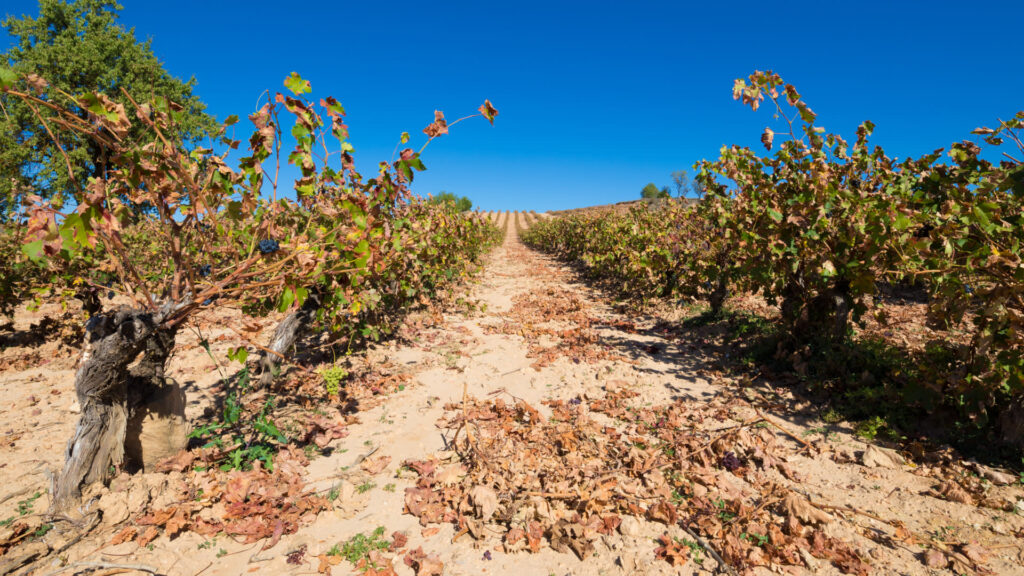Can winemakers adapt to climate change?


You can enable subtitles (captions) in the video player
Grapes for making wine are among the crops most susceptible to climate change. Unseasonal frost and rain mean French wine production will drop 29 per cent this year compared with last year, a sobering sample of things to come.
Global warming is changing the geography of wine, disrupting traditions across a $327bn industry. Vines are now growing in countries like the Netherlands and Norway, once considered way too cold for viticulture. In Austria warming could double the area currently suitable for fine wine cultivation by 2050.
Burgundy, Champagne, Alsace, and the Loire may also gain from rising temperatures. But where warming is expected to be most severe the forecasts are grim. The Mediterranean coast of France, as well as Italy and Greece may become too hot to grow grapes by 2050. The US could lose 81 per cent of its prime wine growing acreage by 2100. Producers in semi-arid parts of Australia, New Zealand, and South Africa face increasing drought and salinity in soils and may need to plant more resistant vines, better able to cope.
It’s already happening in France, where new hardy grape varieties have been approved for use in Bordeaux blends, including these four for reds, and two for white wines. Rising temperatures and CO2 levels in the atmosphere influence the grapes ripening, balance of acids, sugars, and thickness of skin, changing the flavour, alcohol content, and mouthfeel of the wine produced.
Elevated CO2 levels may also affect the quality and quantity of tannins in oak used to make barrels for maturing. Tannins are organic compounds in the timber that give aged wines their prized tint, texture, and taste. Another potential problem. Rising heat and humidity could extend the range of pests and diseases currently limited to warmer equatorial regions.
Winemakers are already moving to combat some effects of climate extremes. Vines can be planted on higher, cooler north facing or more shaded slopes, or under protective canopies of vegetation. The challenges facing the wine industry should give even non-drinkers pause. The fate of this most sensitive crop offers an early warning of the wider threat climate change poses to all the world’s agriculture.